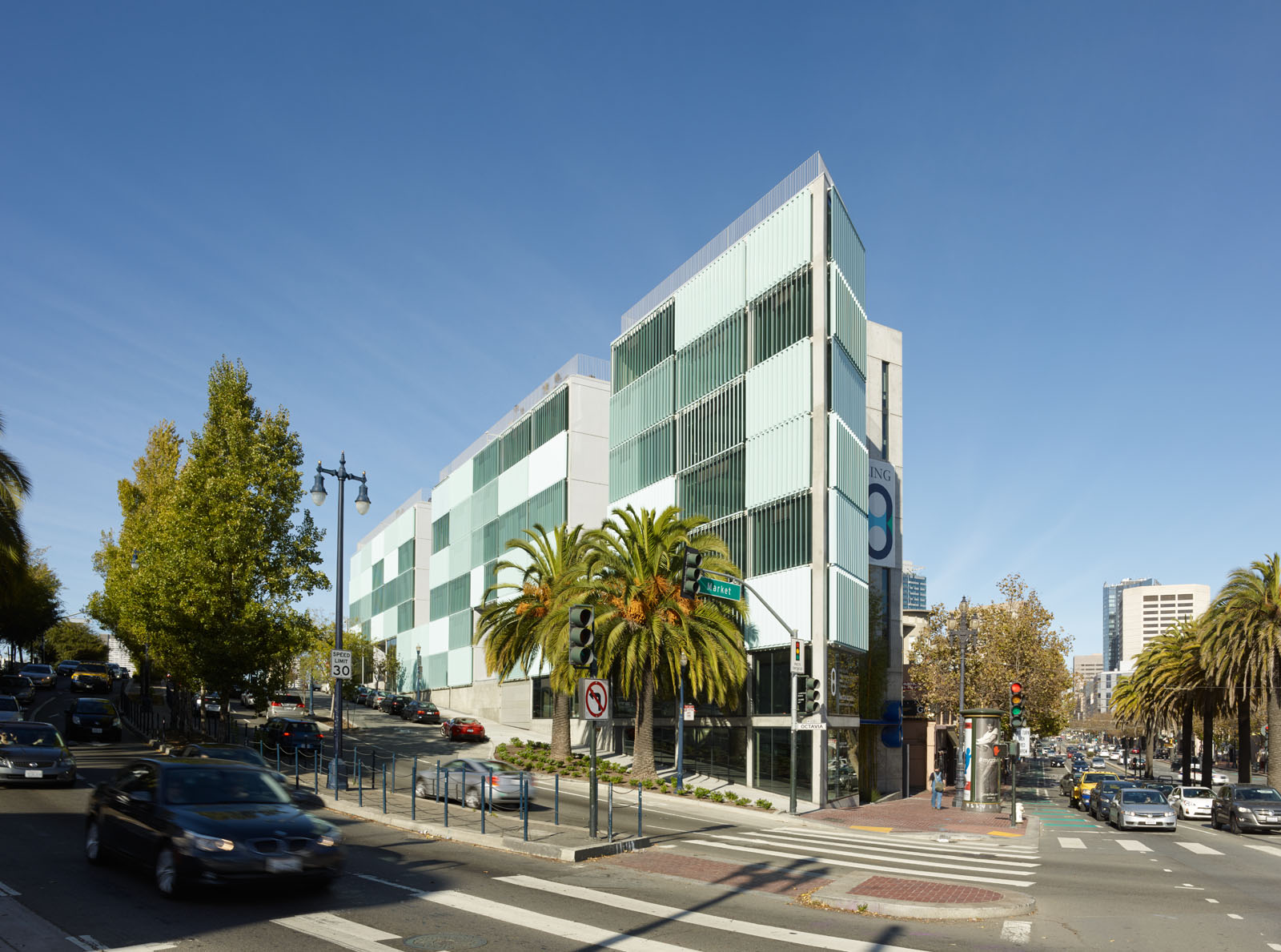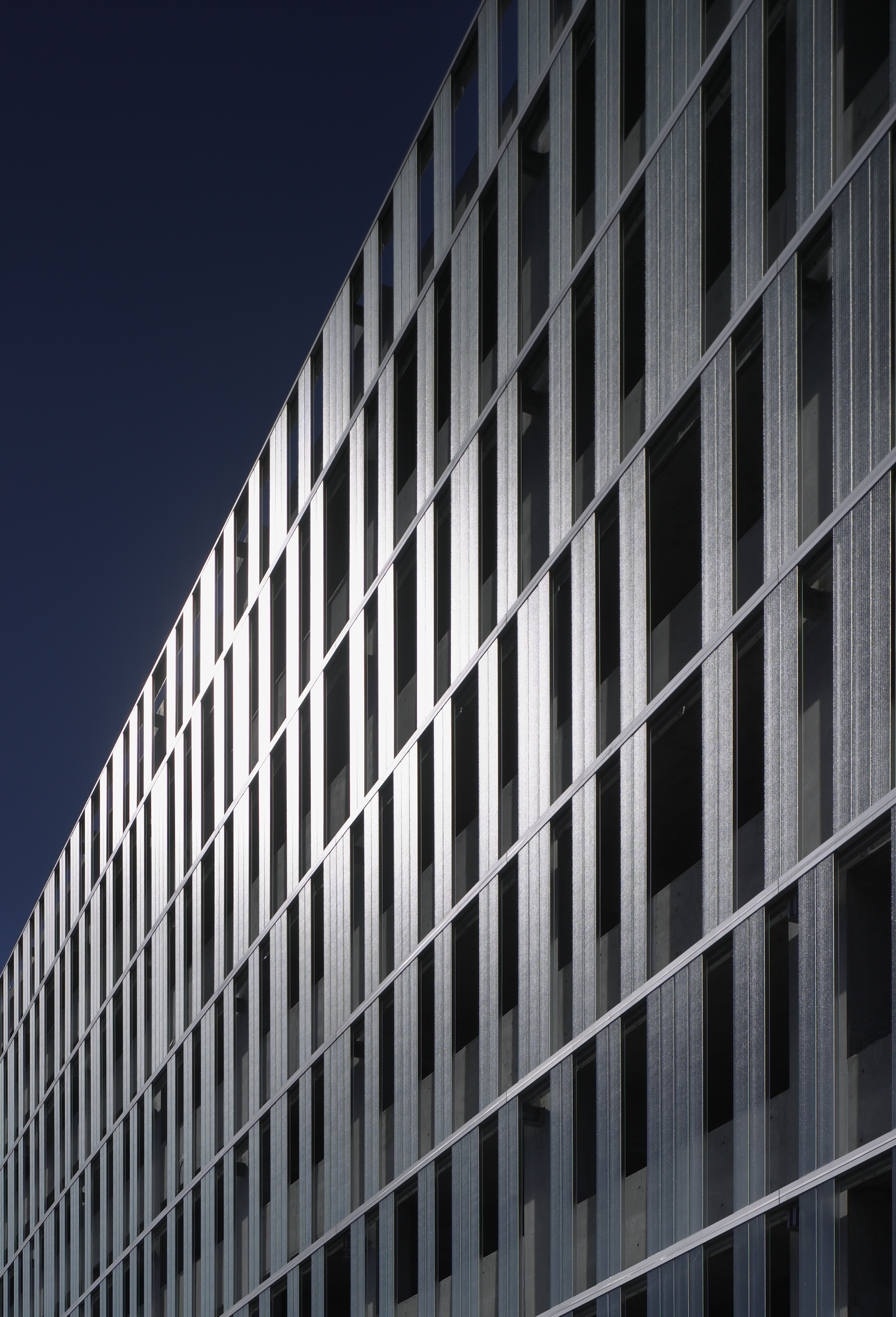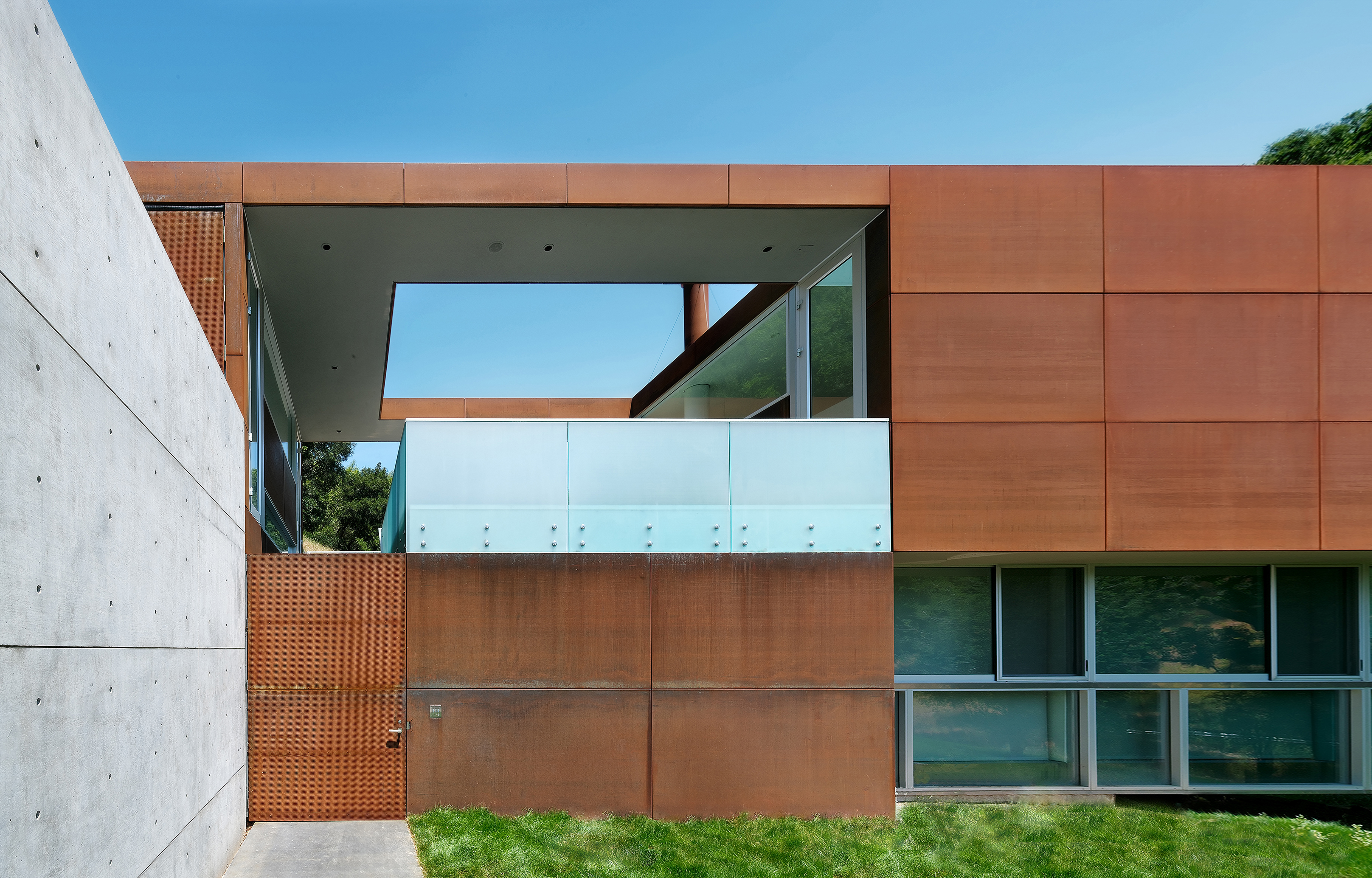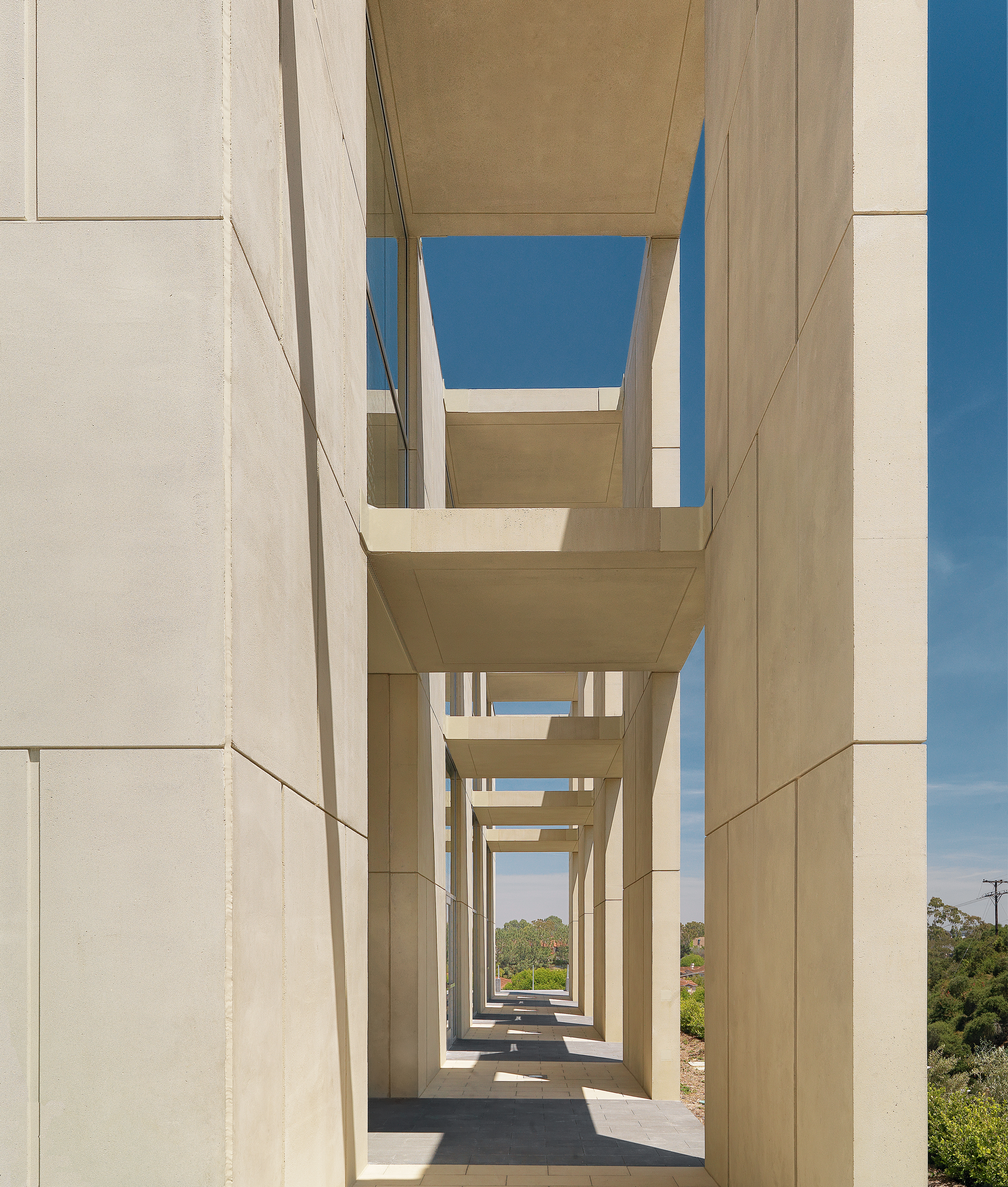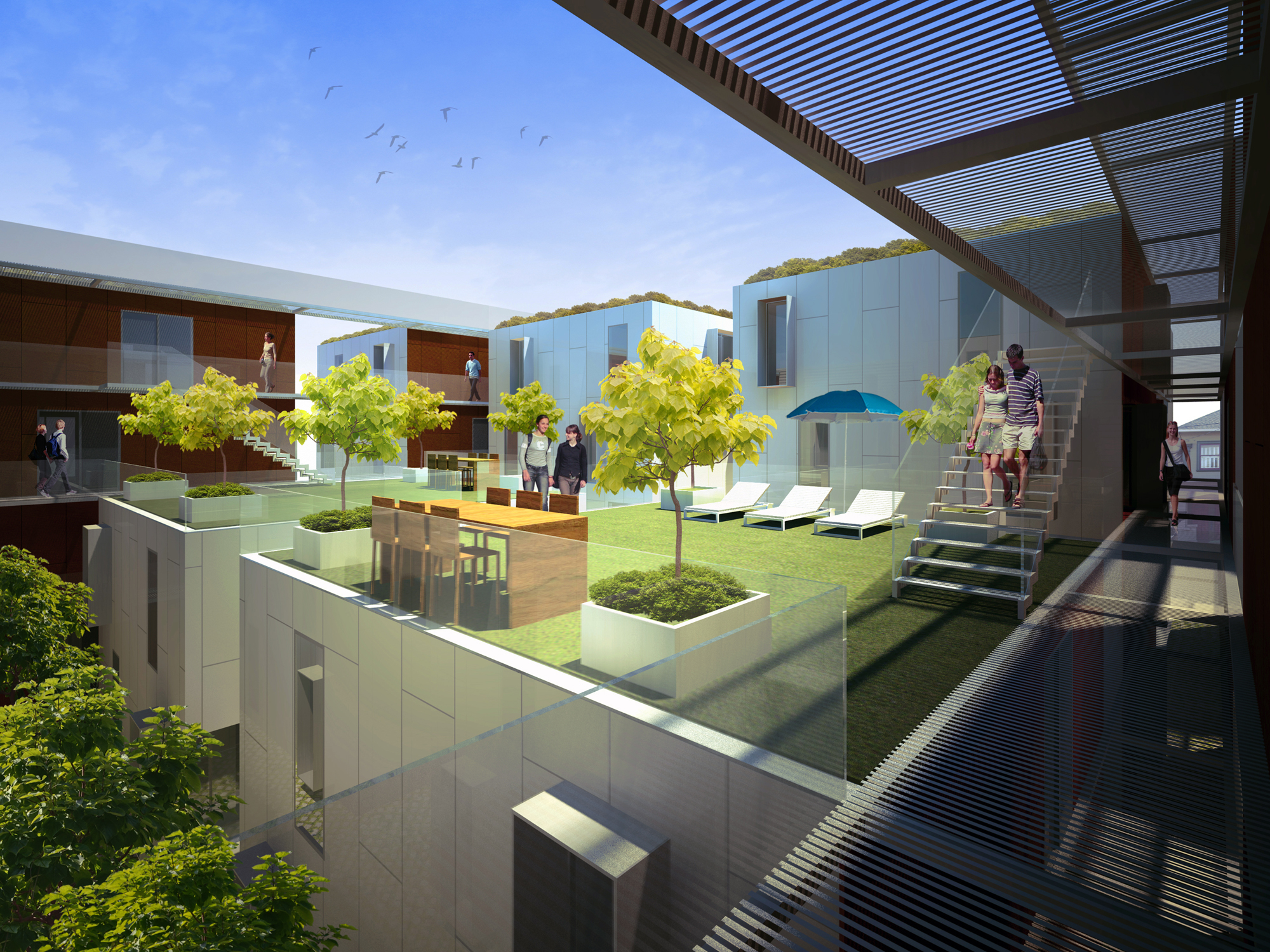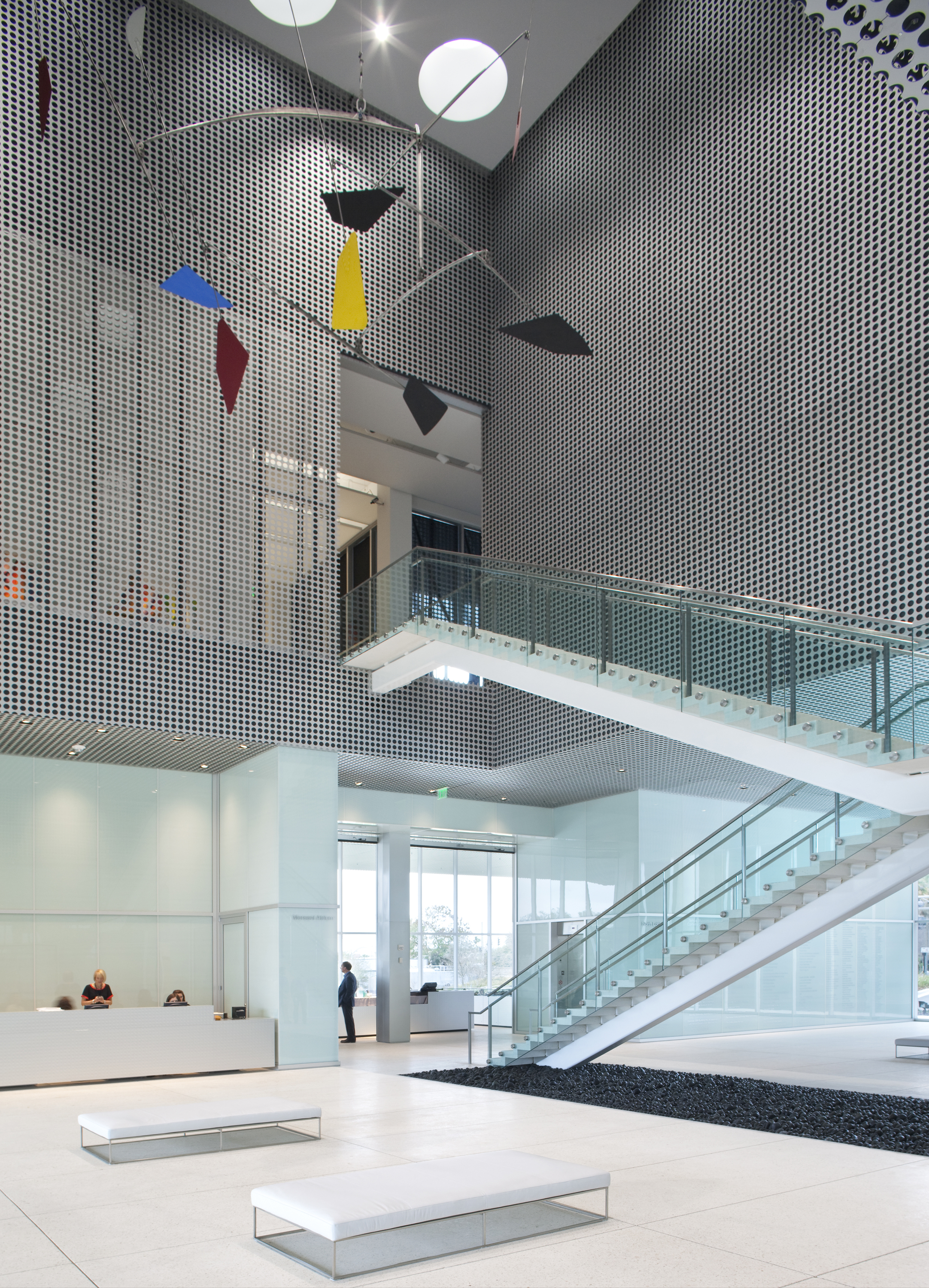
Space
The essential medium of architecture is space, air, rather than substance, matter which contains the emptiness. Architecture is the construction of charged voids, frames of opportunity, fields of possibility. I am interested in space, more than meaning, in the architecture of movement and flux, of time and event, rather than object and monument. I am interested in the emptyness that material constructs. I am interested in the invisible. Buildings are less objects than interludes in the field of fluid and continuous space. In this world of proliferation of image, the reality of experience and the need for authenticity increases. I am interested in the tactile and sensual, in the haptic over the visual, in communication through the direct experience rather than figural images which rely on memory for communication. I am interested in the actual space of experience which allows new meanings to accumulate through use in this unprecedented transcultural and transgenerational condition.
